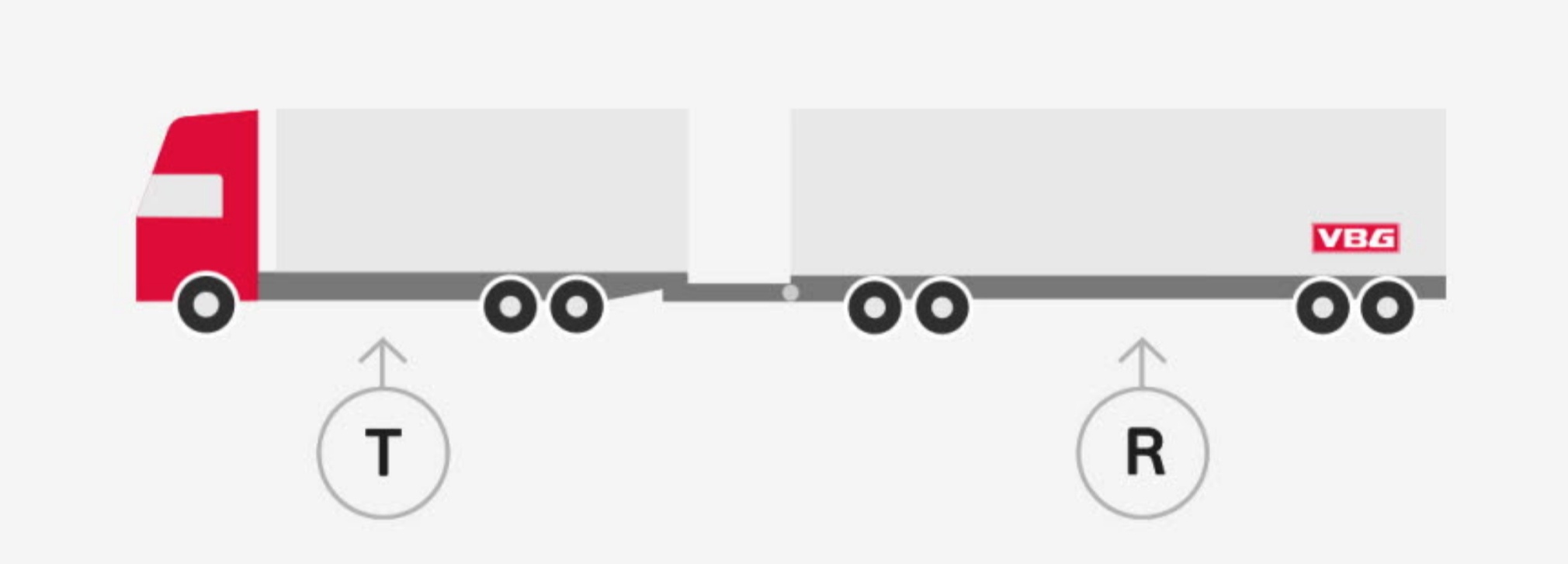VBG's calculation program becomes VBG Performance Value Calculator
Perhaps you belong to those who used VBG's calculation modules to calculate performance values for coupling equipment? We know that these modules have been a highly appreciated tool over the years, and have been used for everything from truck buyers and bodybuilders to authorities. Now our previous calculation modules have been updated according to the new R55 regulation and they are combined into a single user-friendly application – VBG Performance Value Calculator. Let's take a closer look at it, and why it exists.
Why are performance values needed?
By having an actual measure of the coupling equipment performance, we can assess whether it is in line with the intended use and avoid using too weak equipment, with increased risk of accidents. Having adequate performance values is simply a matter of safety, both for the driver, the vehicle owner, and other road-users, although most common drivers do not have a clue about this.
A look in the rear view mirror
Historically, coupling equipment was dimensioned through practical experience. If something went wrong, you made changes and reinforcements. You simply tried out. This was no major concern as long as ladens were low, but the development has since been pushed forward withever-increasing vehicle weights and ever-increasing demands on safety.
VBG's founder Herman Krefting, realised the importance of products being traffic-safe, so he began to develop test methods in the 1950s to ensure that the equipment would be safe and durable over time. Performance values is a measure of such durability.
Still today, VBG puts security at its forefront, and therefore, over the years, we have helped to increase safety by providing different computational modules. These are aimed at ensuring that there are sufficiently powerful truck couplings – regardless of manufacturer – on the trucks out there.
What do we actually calculate?
Knowing the respective total weight of the towing vehicle and the trailer, you can calculate the longitudinal dynamic force that occurs in the vehicle combination. This force is stated in the D-value.
However, if the after-vehicle is a cart with a rigid drawbar, there will also be a vertical force in the coupling. This is stated in the V-value, which is also affected by the vehicle's suspension type. However, even the D value is affected in this case, and is therefore indicated as the Dc (Center Axle trailer) value. In addition, the static load load is assumed to be max 1000 kg.
For the above, it may be quite complicated calculations to determine which performance values (D, Dc, V) the equipment must have. These are the calculations you can easily do in the VBG Performance Value Calculator.
All calculations in one user-friendly interface
The new VBG Performance Value Calculator is not just a simple calculator. Now you can:
- Calculate the performance values required for your intended vehicle combination.
- Evaluate your existing equipment to ensure that it holds for the vehicle combination.
- Compare and evaluate different alternative vehicle combinations when you are in the selection and qualifying.
- Make trade-off calculations.
- Order documentation to certifiy that your equipment is sufficient (by trade-off calculation).
In this way, we now take the next step towards increasing road safety and making it safe and easy for different users to calculate performance values. I hope and believe you will benefit greatly from the application.
P.S. You must never use equipment with lower performance values than those calculated. However, you may well choose higher than necessary. The higher the performance of the equipment, the greater your safety margin. Security should come first and foremost. Always!
